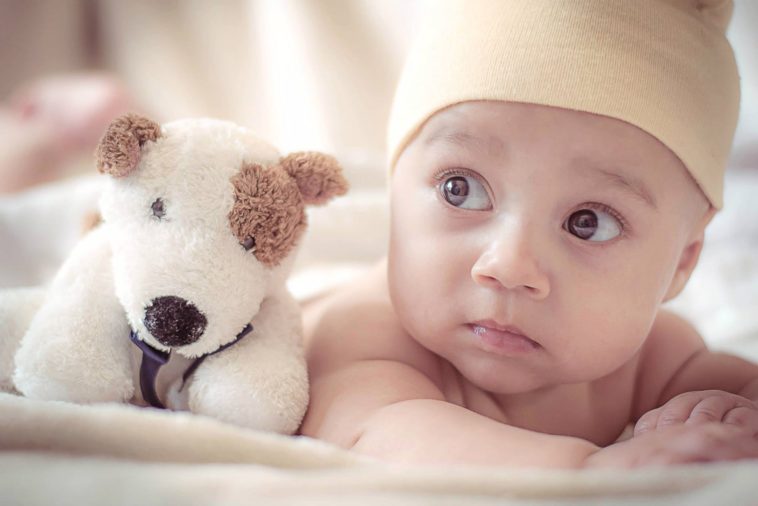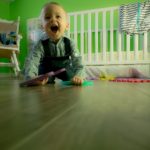The period between zero and 3 years is beyond doubt the most important years for a new-born. In addition to the dramatic physical changes, which establish conditions for future growth, emotional and social development takes place leading to a well-balanced child. What is crucial here is the diagnosis of the child’s mental and physical health—a parent will know, at this point, if there are any concerns—based on meeting growth milestones right from vision, hearing, speech, language and physical appearance. In order to help you better understand, here’s a quick glance at the major changes that happens in a child.
Physical development
From a helpless baby waiting for the parent to move him/her from one place to another, the baby makes remarkable progress in a span of 3 years, becoming an independent and a confident little person. And it’s truly commendable how much the child has accomplished. From the very basic movement of grasping, turning over, lifting head and supporting the body, sitting, standing, walking, running, catching an object, holding, climbing, the baby has risen to new heights in development. The child has learnt to confidently take the first steps and let go of any fear. At this stage, it’s important to constantly note down the milestones and discuss any delay with the paediatrician. Some children, however, reach milestones a little late.
Language and Speech
When the newborn baby makes basic sounds like crying, cooing and babbling, he/she has already begun communicating and developing cognition. By slowly associating sounds with objects, faces, the child begins to respond to situations and can connect emotionally with the parents or caretakers. By learning to listen to sounds, the child develops language which leads to articulation of needs or response to a person or situation. At this stage, take special care to check the hearing capabilities of the child, whether the child responds to a sound in both ears and if there is adequate turning of the head or eye contact with the object that makes the sound. There are cases where the mother has been unable to spot a hearing anomaly earlier and unable to give immediate care.
The saying “What you hear is what you speak” holds true at this point when the child learns to say its first word. Milk teeth formation, and jaw development helps the child not only in eating but also in producing the sounds needed to create a language. Dental hygiene at this point is extremely important and if the child loses its milk teeth due to caries, its best to meet a paediatric dentist and take necessary action.
Making eye contact with a parent or caretaker establishes the emotional connection for the baby thus beginning a lifelong relationship. The American Academy of Paediatrics notes this aspect as one of the most important milestone for a baby to meet. Not making eye contact could signify eye disease, vision problems or inadequate neurological or brain development. But before jumping to any conclusions, a parent need to wait, watch and try interacting with the baby many times before raising the issue with a doctor.
Socio-emotional
When the sensory factors are showing normal progress—from feeling the touch, to holding, grasping, smiling, responding to sounds and recognising people, images and color—it means that the next stage of social and emotional maturity is beginning to build up. These little steps play an enormous role in moulding the characteristics of the baby based on the stimulation that it receives from its environment and parents.
To sum up, scientists have long proved that a child’s development is directly related to the environment and the parents or caregivers who nurture the child. Children learn to imitate and speak the actions of their parents. A baby raised in a warm, secure and loving environment becomes a confident and well-balanced person. To be with the baby at this point is probably the best choice that you can choose to make.


